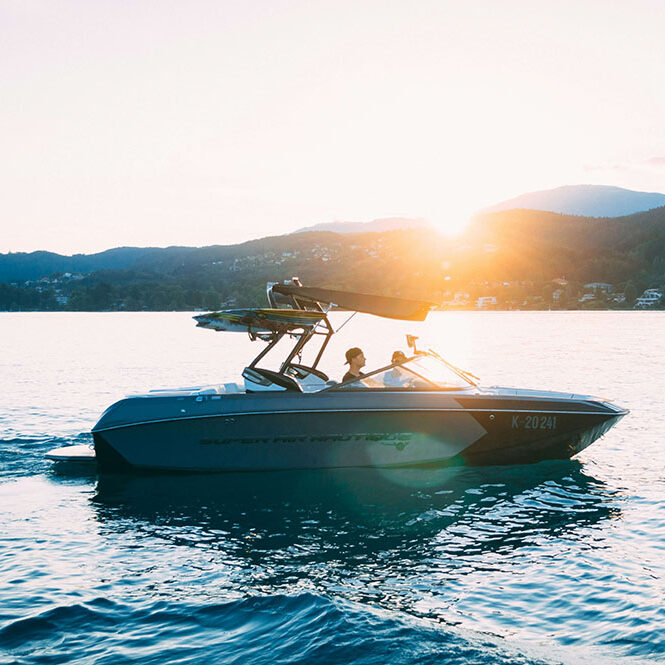Affordable Insurance for Cleveland Area Boaters

Choosing the right boat insurance for your personal watercraft
When selecting boat or personal watercraft insurance, consider factors like the value of your vessel, how you use it (e.g., fishing, leisure, racing), and where you use it. It’s also wise to compare policies and insurers to find the best coverage for your needs and budget.
It’s essential to understand your policy’s specifics, including what it covers, excludes, and how claims are handled. Working with an insurance agent or broker can help you navigate these details and ensure you have the appropriate protection for your watercraft.
Boat Insurance for Northeast Ohioans
Boat and personal watercraft insurance provide financial protection against risks associated with owning and operating boats, yachts, jet skis, and other types of watercraft. The coverage can vary widely depending on the policy, but here’s a general overview of how it works:
Common Types of Coverages
Liability Insurance: Covers damages or injuries you may cause to other people or their property while operating your watercraft. This is the most basic and often required coverage.
Physical Damage Coverage: Pays for repairs or replacement of your boat or personal watercraft if it’s damaged or lost due to events like accidents, theft, vandalism, or natural disasters.
Comprehensive Coverage: Provides protection against risks other than collision, such as theft, fire, or vandalism.
Uninsured/Underinsured Watercraft Coverage: Protects you if you’re involved in an accident with another boater who doesn’t have sufficient insurance to cover the damages.
Medical Payments Coverage: Covers medical expenses for you and your passengers if you’re injured in a boating accident, regardless of who’s at fault.
Personal Effects Coverage: Pays for personal items on your boat, like fishing gear or electronics, if they’re stolen or damaged.
How Personal Watercraft Insurance Typically Works
Premiums: You pay a premium to the insurance company for coverage. The cost can depend on various factors, including the type of watercraft, its value, where you use it, and your boating experience.
Deductibles: If you file a claim, you may need to pay a deductible, which is the amount you’re responsible for before your insurance coverage kicks in.
Limits: Policies have limits, or the maximum amount the insurer will pay for a covered loss. You might choose higher limits for more protection, but this can also increase your premium.
Exclusions: Certain risks or situations might be excluded from coverage. For example, normal wear and tear or mechanical failure might not be covered.
Claims: In the event of an accident or loss, you file a claim with your insurer, who then assesses the damage and determines compensation based on your coverage.

